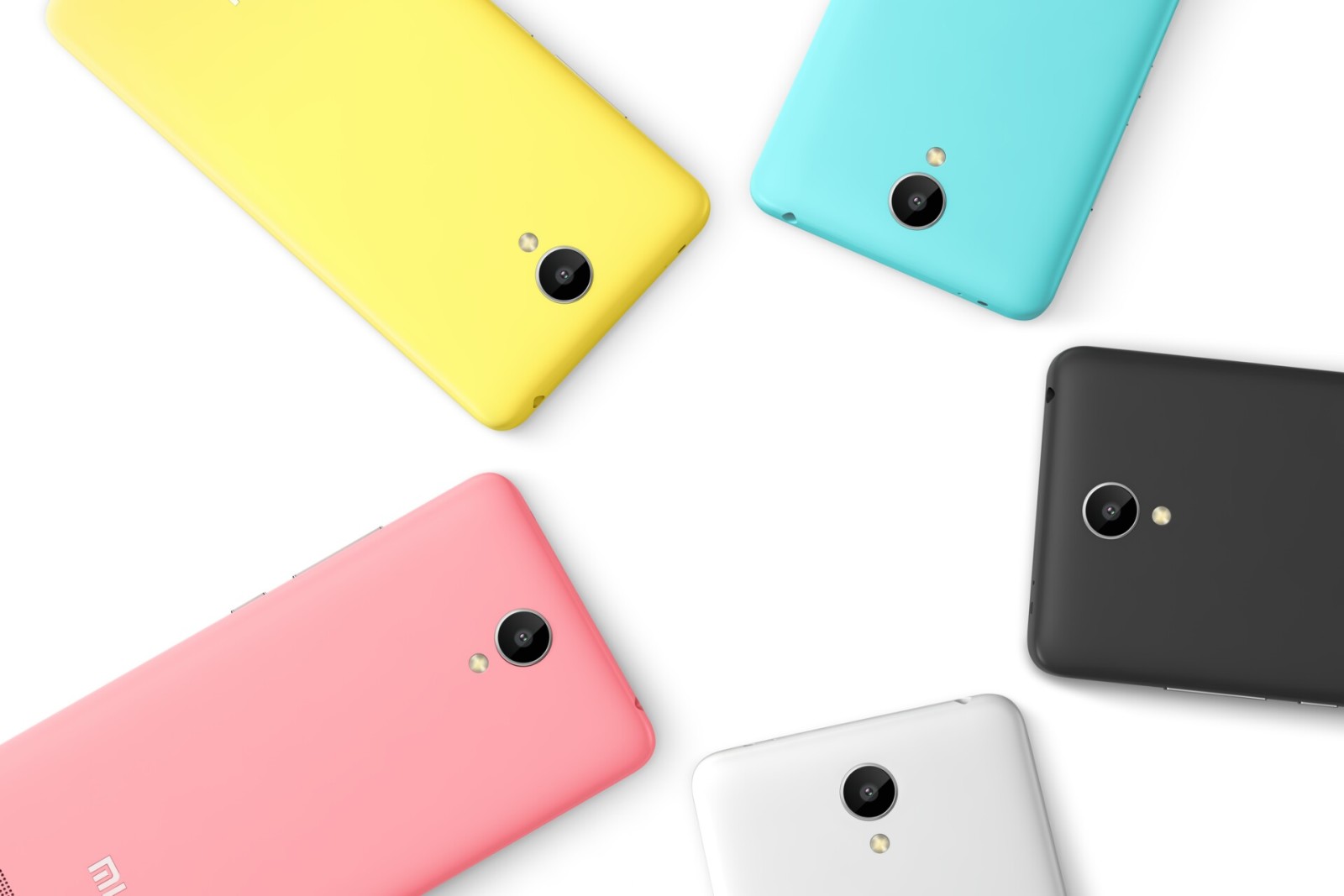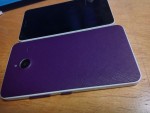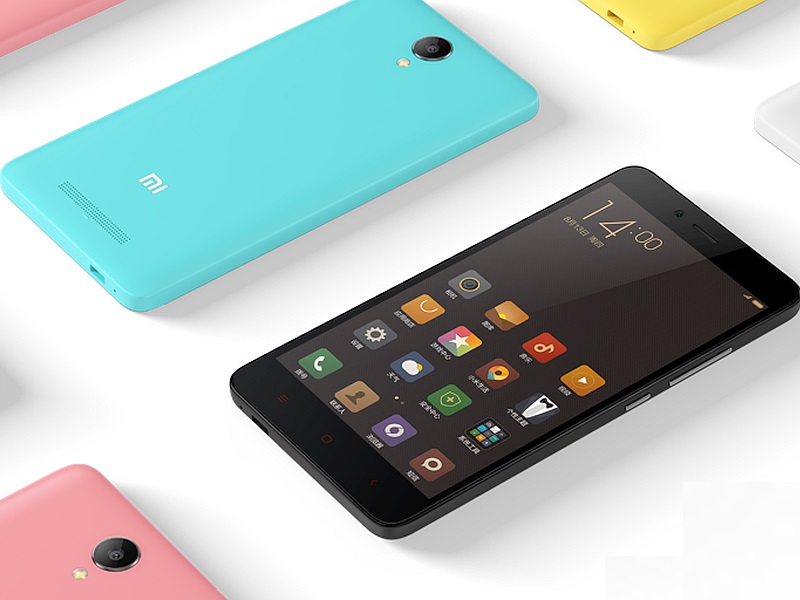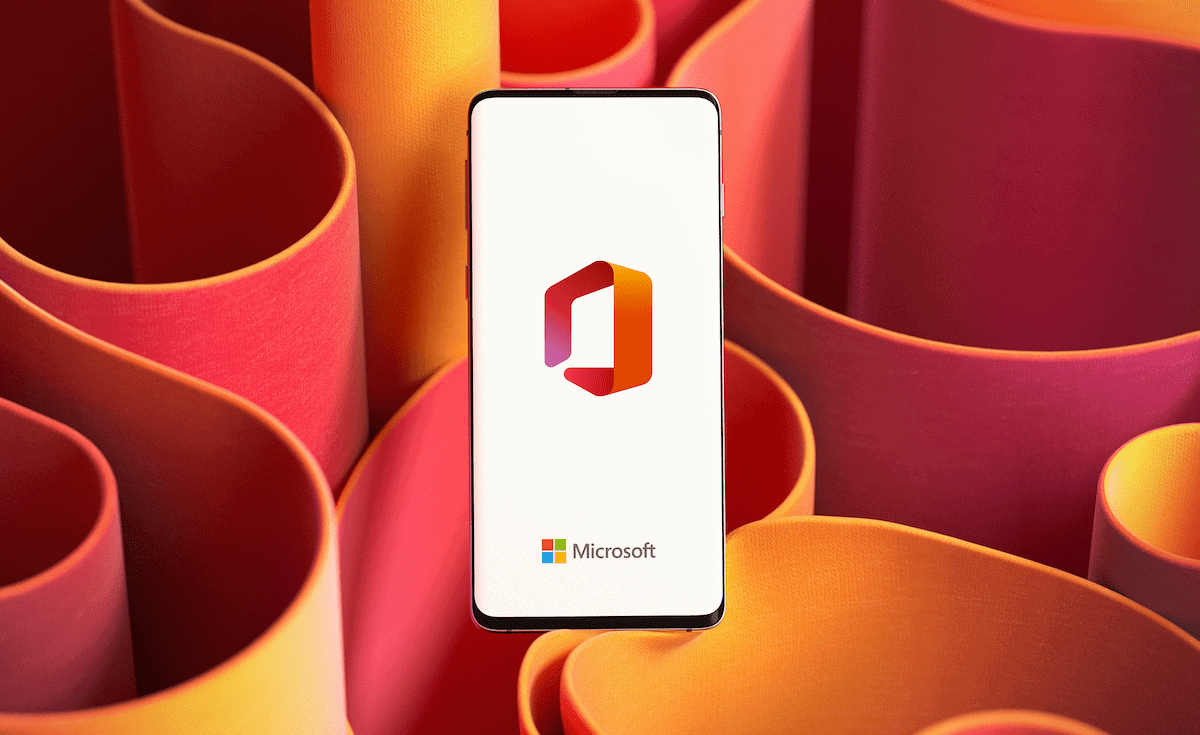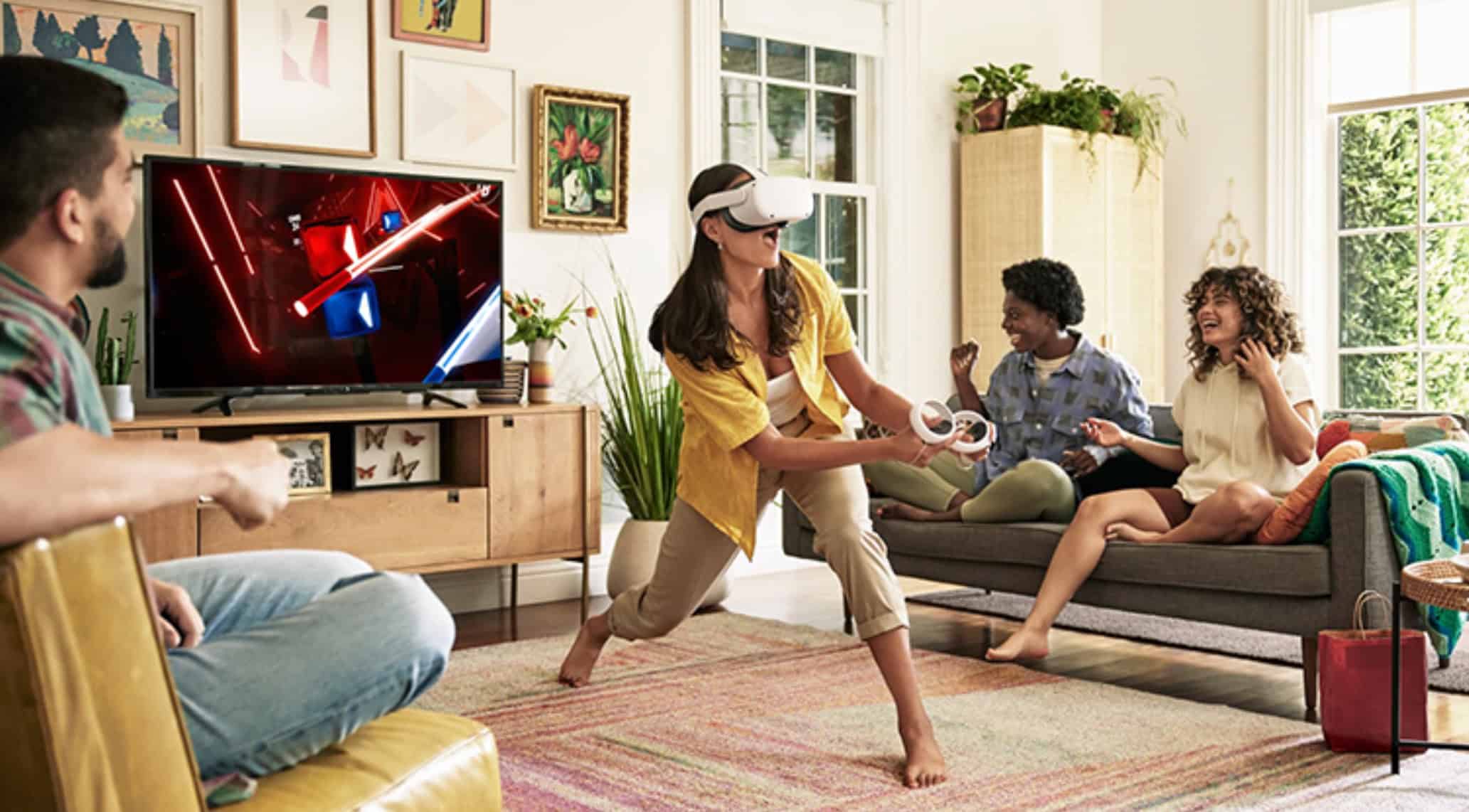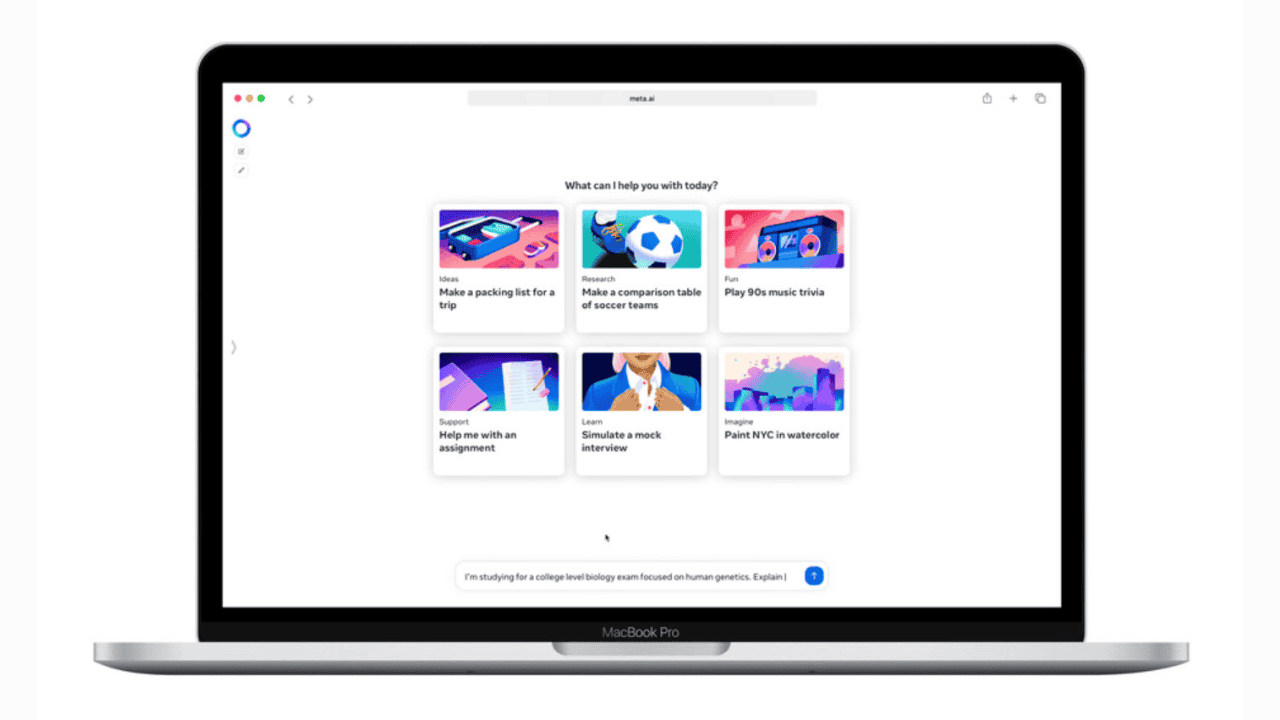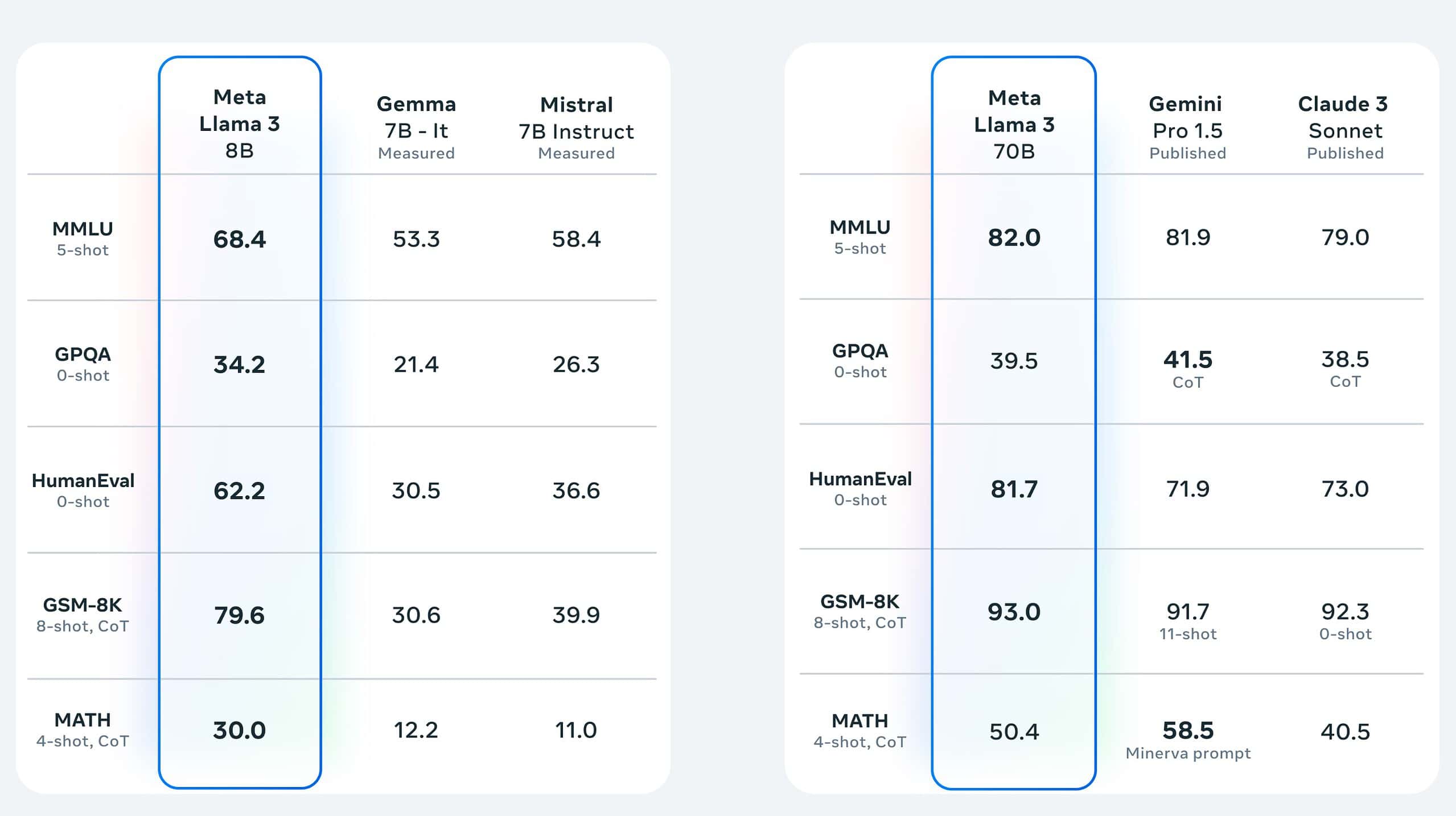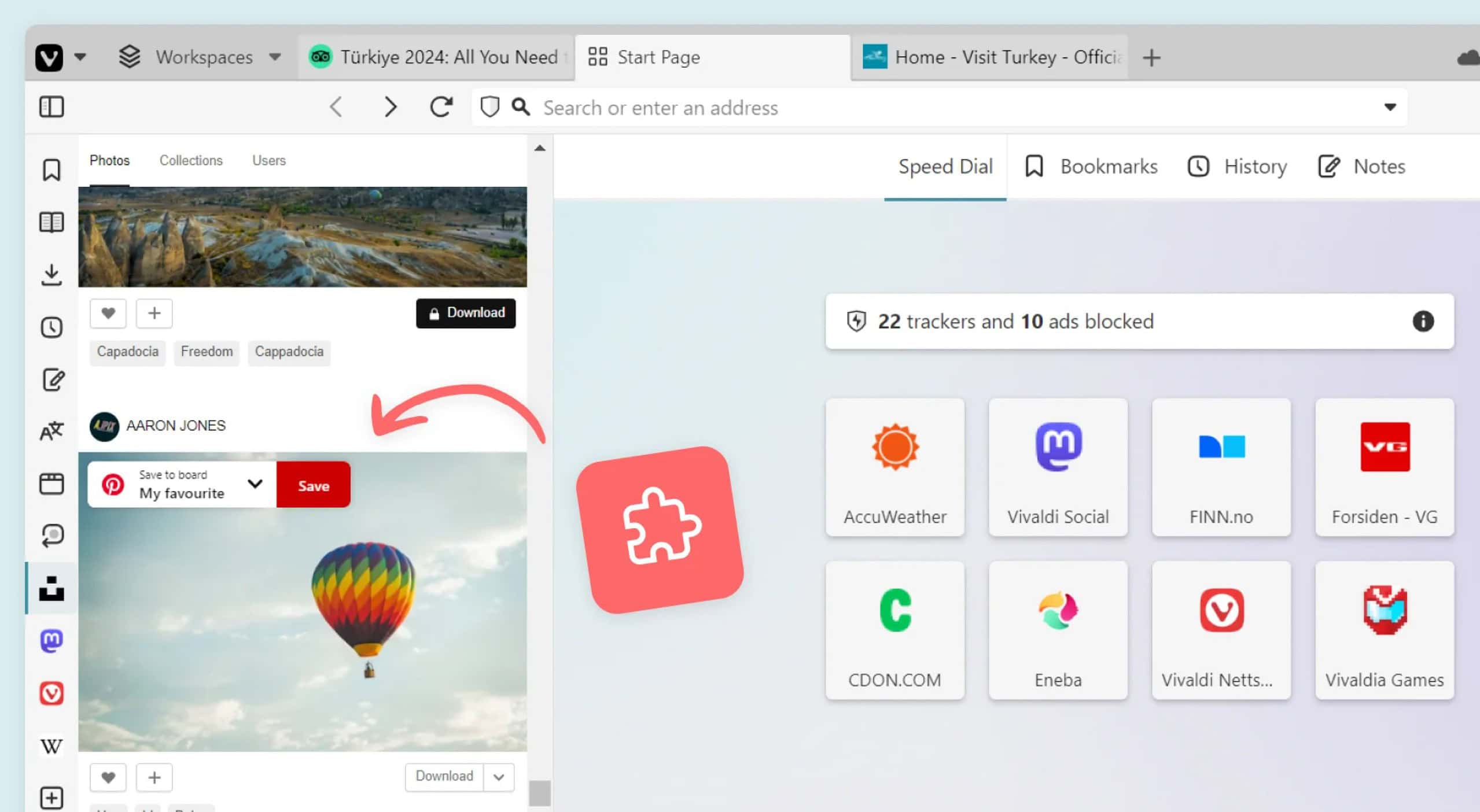Windows Phone vs Android II: 640 XL vs Xiaomi Redmi Note 2
5 min. read
Updated on
Read our disclosure page to find out how can you help MSPoweruser sustain the editorial team Read more
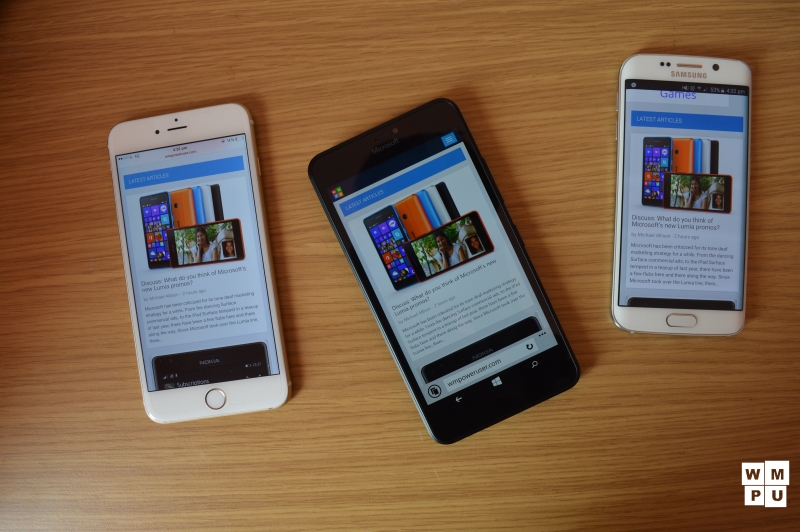
In the first part of this series, I looked at the Windows Phone experience vs the Android software experience. In this part, I’m taking a look at what hardware one can get for under £160 and lower. I had Gearbest provide me with a Xiaomi Redmi Note 2 for this comparison (Disclosure: They offered me one completely free of charge) and I used my own personal Lumia 640 XL to complete the Windows Phone part of the equation.
In terms of specs, the Lumia 640 XL is not even competitive. The Xiaomi blows the Lumia away several times over, and does it for much cheaper than what Microsoft is asking. If hardware was all there was, I would toss away the 640 XL for the Xiaomi.
The Xiaomi and 640 XL share several design cues on the surface. They are both phablets with a case that strips off to reveal a removable battery, a slot for an SD card and one (or two) for a sim card. The back of the Xiaomi phone however feels nicer and smoother than that of the Lumia. There are no sharp edges on this, so the design doesn’t cut into your hand, and it feels really nice in the hand. On the other hand, the design is also quite mediocre and plain. This stands in sharp contrast to the 640 series, which despite having a plain design compared to the Fabula design language or the metal designs of the 925 -830, has some character. The plain back is broken up by a camera hump and a speaker grill, and the back subtly curves down, making device look good lying face down.
On the face, both devices are really plain to look at and nothing to write home about, the only thing distinctive about them is their choice of standby notifications. The Xiaomi makes use of LED while the 640 XL uses a slightly watered down version of Glance screen. This may be a matter of personal preference, but I find the LED lights obtrusive. They don’t really tell me much beyond “something happened”.
However, while these devices are both phablets, the Mi Note 2 is slightly smaller than the Lumia 640 XL (which is smaller than the iPhone 6 Plus). As a consequence of this, it is better in the hand that the Lumia 640 XL to hold, and doesn’t make your wrist hurt as quickly
Speaking of screen size, the Xiaomi RedMi Note 2 has the same effective screensize as the Lumia 640 XL at 5.5.inches to the 640 XL’s 5.7. Why I say effective screen size is that the Lumia’s software buttons obscure about 0.2 inches of the screen when in use while the Redmi Note 2 has capacitative buttons at the bottom of the bezel. Unlike the 640 XL’s 720p screen, the Redmi Note 2 has a 1080p screen which means that looking at the phone wasn’t a bad experience at all. Text was crisp and you’d have to really pixel peep to see pixels. The 640 XL, while having a good screen, still taps out at 720p, affecting the overall experience of the screen quality wise.
At this price range, there’s no point in looking at the cameras, if you’ve seen one camera you’ve seen them all. I will do a review of the Redmi Note 2 for our sister site GDGT Arena later on of course with more picture samples present, but here’s a brief sampler below of a few indoor shots.
In terms of performance, this device ran fast and cool most of the time. I was able to download apps, and navigate around them with nary a hitch unlike the Snapdragon 400 equipped 640 XL which would stutter and stall at times. I’m not a fan of Microsoft’s recycling of processors for low-mid range devices, and when compared with Xiaomi’s processor of choice, the difference shows up. This lower priced device performs better than the Lumia 640 XL as well as having a better screen.
The last bit of the device I will compare hardware wise is the battery. The Battery of the Xiaomi Redmi Note 2 has been quite atrocious in my experience. Naturally, when the screen on, it depleted as normal. Spotify/Google Play Music et al don’t excessively drain the battery. However, the standby battery on this thing is atrocious. Its like when I turn off the screen the battery drains faster and I’m not sure how that can be possible. I suspect it is due to apps which run in the background, that thanks to the software modifications on the handset, I am unable to disable and remove.
Overall, I’d rate this device very highly on the hardware level for the price it is sold at. The specs are impressive, it feels great in the hand despite having a slightly bland look and supports both dual sim and SD card. The only flaws being the battery life and some aspects of the ROM it runs. If Microsoft decides to make a successor for the 640 XL, then they should look very hard at this phone.
Surprisingly, the handset also convinced me to cancel my Lumia 950 order and opt for a Lumia 950 XL instead. While I disliked the size of the Lumia 640 XL, I liked the size of the Xiaomi Redmi Note 2 and assumed that the 950 would be closer to that size than the 950 XL. Upon looking up the dimensions, I found that the 950 XL’s QHD liquid cooled iris scanning self was virtually the same size as the 5.5 inch Note. I’ve now pre-ordered the 950 XL and look forward to receiving it when Microsoft finally sees it fit to release it.


